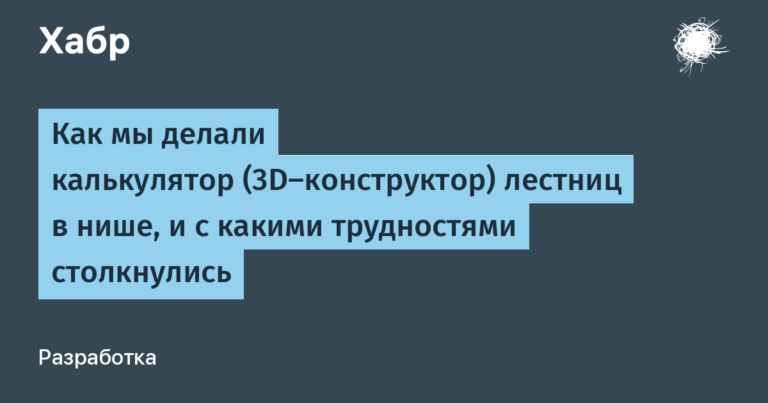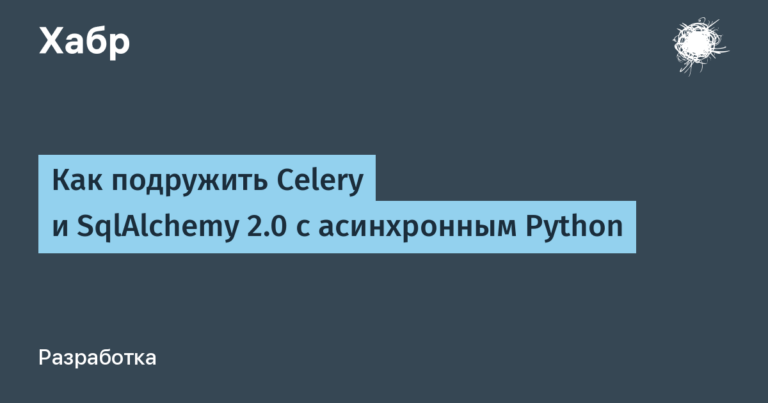Quantum entanglement, programming, the 2022 Nobel Prize in Physics and our future

In 2022, the Nobel Prize in Physics was awarded to a team of three scientists: Alan Aspe, John Clauser and Anton Zeilinger for their research in the field of quantum entanglement, which gave impetus to the development of quantum information science. This topic is very interesting in itself, and especially interesting is the idea that A. Zeilinger promotes in his quantum research.
In short, Zeilinger and Co. showed that the quantum world is fundamentally impossible to describe using classical methods. He's different. Fundamentally. This is not just our reduced reality. This, in a sense, is a different reality, requiring a different paradigm of thinking.
No matter how scary it may sound for some, but in essence, Quantum Physics (QP) is, as A.M. said. Semikhatov, physics of indeterminism and probability.
QF is probabilistic in nature not because we, purely technically, cannot calculate everything we need accurately enough, but because the quantum object is in a state of superposition, and we cannot know exactly all its parameters, not because our equipment is imperfect, but because these parameters themselves do not seem to exist before the measurement, they do not exist until the collapse of the superposition occurs during the measurement.
Quantum entanglement is a phenomenon with which, in many ways, began almost 100 years ago, the dispute between scientists who are still trying to stay in the classical paradigm and “quantist” scientists, scientists, so to speak, of the “new generation” (not by age, but precisely by paradigm of thinking).
New generation scientists said: it is impossible to measure the momentum and coordinate of a particle at the same time. And the point here is not in measuring instruments, but in reality itself.
A. Einstein spoke out against this view of the world, declaring: “God doesn't play dice“(hinting at the probabilistic nature of CF as a disadvantage). Niels Bohr is said to have responded to this as follows: “Don't tell God what to do“. A. Einstein was supported by Yu. Ya. Podolsky and N. Rosen. Thus the article of these three authors was born”Can the quantum mechanical description of reality be considered complete?“, and with it the so-called Einstein-Podolsky-Rosen paradox (EPR). Scientists defended the opinion that we can measure both momentum and coordinate, and all obstacles in this matter are associated either with unknown parameters or with technical imperfections of the equipment.
According to EPR, we can change the coordinate and momentum if we have two identical particles that fly away in opposite directions with the same speed, the total momentum of which is zero. Thus, by measuring the momentum of particle A, we find out the momentum of particle B, and by measuring the coordinate of particle B, we also know the coordinate of particle A. Thus, the EPR paradox lies in the fact that either the quantum mechanical description of reality is not complete and requires clarification, search hidden parameters, or particles can instantly transmit information to each other, which violates already known laws of physics, in particular locality principleaccording to which an object is directly influenced only by its immediate surroundings, and if two particles, externally unrelated, located at a great distance from each other, instantly exchange information about each other’s state, then they non-local.
E. Schrödinger intervened in the dispute, saying that everything is not so simple, because if we have two identical particles that were at the same point and then “came apart,” then from the point of view of the CF we no longer have two different particles, they become “entangled” (or more precisely “confused”, from it – Verschränkung – “interweaving”).
In classical physics, all systems and objects are local: nothing affects anything telepathically or the like. In classical physics, if we have a cardboard box with two balls inside, and the total weight of the box is 10 kg and we know the weight of one ball is 3 kg, then the weight of the other ball is 7 kg. (let’s abstract for now from the weight of the box itself). Not so in CF. More precisely, not quite like that. In CF, relatively speaking, the weight of the balls is not initially specified, and when we measure one of them, information is transmitted to the other about what weight it should receive in connection with our measurement.
A. Einstein believed that entangled particles are something like a pair of gloves: if we take the left glove out of a conventional box, then we automatically understand that the right one remains in the box and therefore, as A. Einstein believed, no transfer of information occurs and does not no concepts of common sense or conventional laws and principles of physics are violated.
However, quantum scientists continued to argue that entangled particles are not a pair of gloves, where left and right are initially defined and we only find out which is which by taking them out one by one. The gloves, from the point of view of the CF, are not defined initially: one of them becomes left and transmits information about this to the other, which becomes right only as a result of observation. An experiment was needed that would clearly show who was right in the end.
During the second half of the 20th century, several experiments were carried out, including with the participation of the Nobel laureates mentioned above, and all the experiments showed unequivocally: the quantists are right. Particles interact instantly, they transmit information to each other, they are non-local and entangled.
A system of entangled particles is always a single whole, regardless of distance. Therefore, it is a goldmine for computer science. Using quantum cryptography, messages can be transmitted almost instantly, protected from interception, over long distances. From here it’s just a stone’s throw to the most powerful quantum computers, which will be able to carry out in real time such calculations that would take conventional computers millions of years, since the elementary cell of a conventional computer exists on its own and is either in state “1” or in state “0”. A quantum computer operates with qubits that are in superposition, that is, simultaneously in the “1” and “0” states. Entangled particles that work on this principle and transmit information to each other instantly, could allow us to create computers of incredible power and security thanks to quantum cryptography.
To create a working quantum computer, we only need to learn how to create stable entanglements with a large number of particles. Quantum computers are new opportunities for science. This is a new, qualitatively different science. And where there is quantum cryptography, there are quantum cryptocurrencies and a new economy, and at the same time quantum-cryptographic voting via the Internet and new democracy and new politics in general, and then a new world.





